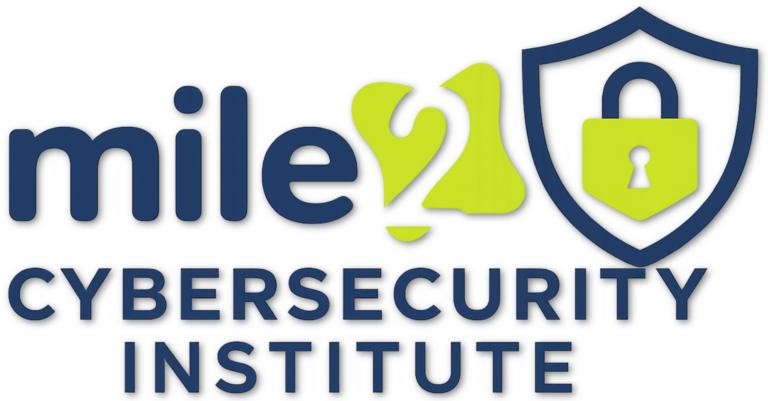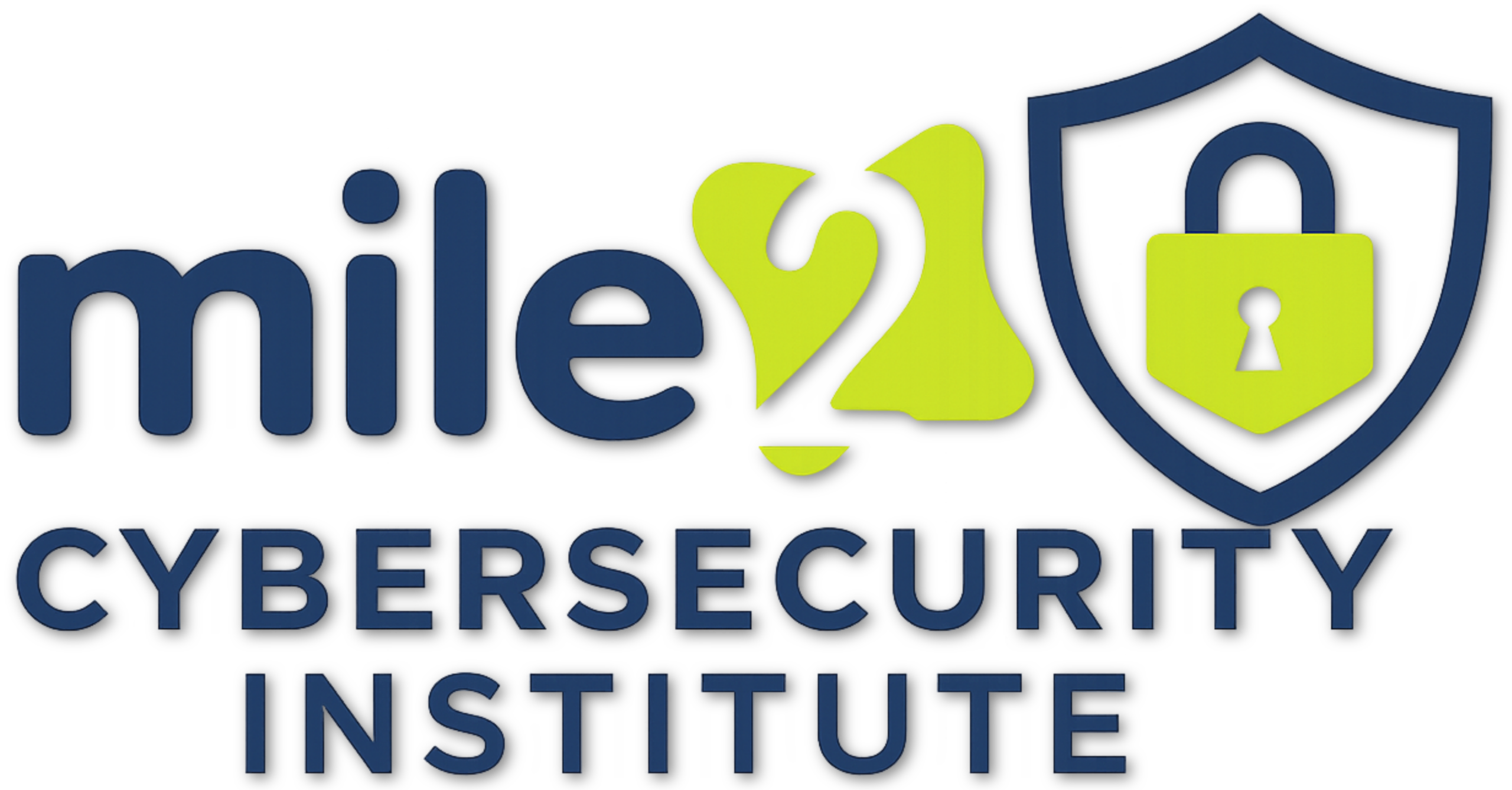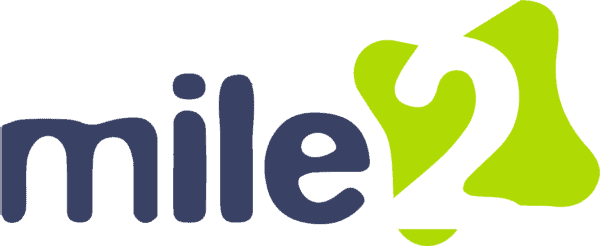Ashly Jackson
Forum Replies Created
-
AuthorPosts
-
Ashly Jackson
ParticipantI found your post on the Hybrid and Ring topologies very insightful. I agree that the Hybrid topology provides flexibility and better resource allocation by connecting different topologies, while the Ring topology’s circular data path ensures data integrity but requires extra caution for node failures. Your focus on security particularly data encryption and clear lines of sight is crucial. It’s impressive how you tie these concepts together for practical applications in security officer roles. Keep sharing these valuable perspectives.
Ashly Jackson
ParticipantOf the many system threats discussed in this chapter, ransomware stands out as the most detrimental to an organization. Ransomware is a type of malware that encrypts critical data and demands payment for the decryption key. Its impact can be devastating, causing data loss, downtime, financial damage, and reputational harm.
The reason ransomware is so harmful is that it not only disrupts operations by rendering systems unusable but also often leads to the permanent loss of sensitive information. Organizations may be forced to pay large sums to regain access, with no guarantee that the data will be fully restored.
To prevent ransomware attacks, security officers should implement comprehensive cybersecurity measures. This includes ensuring all software is up-to-date with the latest security patches, deploying endpoint protection solutions, and conducting regular employee training to recognize phishing attacks—common delivery methods for ransomware. Additionally, security officers should maintain robust data backups and practice incident response drills to ensure rapid recovery. Proactive measures significantly reduce the chances of ransomware taking a heavy toll on the organization.
Ashly Jackson
ParticipantCybersecurity threats continue to grow, affecting businesses and individuals alike. Three critical issues include phishing attacks, malware infections, and data breaches.
Phishing attacks use deceptive emails or messages to trick users into revealing sensitive information. For security officers, it’s crucial to train employees on how to identify phishing attempts, as falling victim to them can lead to compromised accounts and data theft, damaging the company’s reputation.
Malware infections, including viruses, worms, and ransomware, pose serious risks to systems and data. Security officers must implement robust antivirus solutions and regularly update software to reduce the chances of malware infiltrating the network. This protects valuable company data and ensures business continuity.
Lastly, data breaches expose sensitive information to unauthorized individuals. For both security officers and the company, preventing breaches through encryption, access controls, and incident response plans is essential. Breaches can lead to financial loss, legal consequences, and loss of customer trust.
By addressing these three issues effectively, security officers help maintain the integrity, confidentiality, and availability of company resources.
Ashly Jackson
ParticipantFirewalls are critical components of a secure network infrastructure. A firewall is a security system that monitors and controls incoming and outgoing network traffic based on predetermined security rules. According to the text and video materials, there are two main types: network-based firewalls and host-based firewalls. Network-based firewalls protect entire networks, while host-based firewalls protect individual devices.
Characteristics of firewalls include packet filtering, stateful inspection, proxy functionality, and application-layer filtering. For example, stateful inspection tracks the state of active connections and makes decisions based on the context of the traffic, unlike simple packet filtering that only inspects individual packets.
An additional source, the National Institute of Standards and Technology (NIST), emphasizes that firewalls enforce security policies by preventing unauthorized access to sensitive data. This is crucial for security officers to understand, as firewalls are a frontline defense against threats like malware, unauthorized access, and data exfiltration. By implementing properly configured firewalls, security officers help ensure the confidentiality, integrity, and availability of network resources.
Ashly Jackson
ParticipantWhen evaluating the challenges associated with different network topologies, it’s essential to understand the strengths and weaknesses of each. Two widely used topologies star and mesh—present unique challenges to security officers tasked with protecting a company’s information assets.
The star topology is characterized by a central hub or switch to which all devices are connected. Its main challenge lies in its single point of failure: if the central hub is compromised or fails, the entire network is affected. From a security perspective, a security officer must ensure the central hub is heavily fortified against potential threats. This involves implementing robust access controls, ensuring firmware and software updates are applied promptly, and employing intrusion detection and prevention systems (IDPS) at this central point. Additionally, strong physical security controls are critical to prevent unauthorized access to the hub.
On the other hand, the mesh topology provides multiple pathways between nodes, offering greater redundancy and resilience. However, the challenge here is the complexity of managing security across numerous interconnected devices. A security officer must ensure consistent security policies and configurations across all nodes. Implementing endpoint security solutions, such as firewalls and antivirus software, at each device level helps mitigate the risk of a single compromised node affecting the entire network. Regular vulnerability assessments and patch management are also essential to maintain security across this interconnected system.
To minimize the impact of these challenges on the company, the security officer should adopt a proactive approach tailored to each topology. For star topology, focusing on the central hub’s security will safeguard the entire network. For mesh topology, ensuring uniform security measures and constant monitoring of all nodes will help reduce potential entry points for attackers. By understanding the unique vulnerabilities of each topology and addressing them effectively, a security officer can maintain a secure and resilient network infrastructure that minimizes risk to the company.
Ashly Jackson
ParticipantThank you for the great explanation! I really liked how you described symmetric ciphers using the example of a made-up language between friends it made the concept easy to understand and relatable. It’s a great way to show how symmetric encryption works by using the same key for both encrypting and decrypting messages. You also did a good job emphasizing the importance of keeping the key secret, which is critical to protecting confidential information. Including DES as a real-world example helped connect the idea to practical cybersecurity applications. Your post made it clear how symmetric ciphers are used to ensure private communication, whether between individuals or in larger systems. Overall, your description was clear, simple, and very informative.
Ashly Jackson
ParticipantThe Operations Security Manager role sounds both challenging and rewarding for someone passionate about cybersecurity. I like how the responsibilities are clearly outlined monitoring systems, responding to security incidents, handling patch management, and overseeing access control are all essential functions in safeguarding an organization’s data. It’s especially important that the role includes not only technical oversight but also reviewing and approving system changes. This ensures security measures remain effective and up to date. Emphasizing access rights and permission controls is a strong reminder of the importance of confidentiality and integrity within systems. It’s great to see how comprehensive and proactive this position is. This would definitely appeal to someone looking to make a meaningful impact in cybersecurity.
Ashly Jackson
ParticipantAmy, your explanation of the VRIO and TOWS frameworks was detailed and insightful. I liked how you emphasized VRIO’s focus on identifying internal strengths through value, rarity, and its impact on strategic planning. Your breakdown of TOWS and how it builds on SWOT to develop actionable strategies really added depth. Combining these tools can truly enhance a company’s ability to compete effectively. Great job explaining their practical applications in a clear and thoughtful way.
Ashly Jackson
ParticipantSymmetric and asymmetric cryptography are two foundational methods used for secure data encryption, each with distinct characteristics and applications.
Symmetric cryptography, as discussed in Chapter 7, involves a single key that both the sender and receiver use for encryption and decryption. The main advantages of this approach include speed and efficiency; symmetric algorithms, like AES (Advanced Encryption Standard), are typically faster and less resource-intensive, making them suitable for large data volumes. However, the major drawback is the key distribution problem. If the key is intercepted during transit, the security of the encrypted data is compromised, as anyone with access to the key can decrypt the information.
In contrast, asymmetric cryptography utilizes a pair of keys: a public key for encryption and a private key for decryption. This method enhances security, as the public key can be shared openly without exposing the private key. A common example is RSA (Rivest-Shamir-Adleman). Its primary advantages include improved key distribution and the ability to provide digital signatures. However, asymmetric cryptography tends to be slower and more computationally intensive than symmetric encryption, making it less efficient for encrypting large datasets.
In conclusion, while symmetric cryptography offers speed and efficiency, its security relies heavily on key management. Asymmetric cryptography improves key distribution and adds extra layers of security through public-private key pairs but at the cost of speed and resource consumption. Both methods have important roles in securing communications, often used together in hybrid encryption systems.
Ashly Jackson
ParticipantA symmetric cipher is like a secret code that two people use to share information safely. Imagine you want to send a letter to a friend, but you don’t want anyone else to read it. You and your friend agree on a special way to change the letters in your message before you send it. This process is called encryption, which means turning your message into something that looks like gibberish to anyone else.
One popular symmetric cipher is called the Advanced Encryption Standard (AES). With AES, both you and your friend use the same key, which is like a password, to unlock the message. To put it simply, when you write your message, you use the key to turn it into scrambled letters. Only someone with the same key can change it back into the original message.
The idea behind symmetric ciphers, like AES, is that the same key aids in both scrambling and unscrambling the information. Because of this, it’s vital that both parties keep the key secret and secure. If someone else finds out the key, they can read all your private messages. Thus, symmetric ciphers help to keep our online conversations and data confidential, making it a crucial part of cybersecurity.
Ashly Jackson
ParticipantWe are seeking a dedicated Operations Security Manager to join our team and oversee the security operations within our organization. In this role, you will be responsible for ensuring the integrity of our information systems and protecting our sensitive data from unauthorized access and potential threats.
Key responsibilities include monitoring security systems and networks to detect and respond to any anomalies or incidents promptly. You will oversee records management, ensuring that all documentation related to security protocols is up to date and accurately maintained. Additionally, you will manage the change control process, ensuring that all changes to hardware and software systems are assessed for security impacts before implementation.
Patch management will also be a critical aspect of your role, as you will coordinate the timely application of software updates to safeguard our systems against vulnerabilities. Furthermore, you will manage access rights to sensitive data and systems, ensuring that only authorized personnel have the appropriate level of access.
If you are passionate about security and compliance, and thrive in a fast-paced environment, we encourage you to apply and become a vital part of our security management team.
Ashly Jackson
ParticipantTo choose two effective frameworks for discussion, let’s consider the SWOT analysis and the PESTEL analysis. Each provides a unique lens through which to assess businesses or projects.
SWOT analysis focuses on identifying internal and external factors that impact an organization. The acronym stands for Strengths, Weaknesses, Opportunities, and Threats. For instance, when analyzing a tech startup, strengths might include innovative products and a skilled team, whereas weaknesses could include limited market reach. Opportunities might present themselves in the form of emerging technologies, while threats could stem from competitors or regulatory changes. This framework helps organizations leverage their strengths and opportunities while addressing weaknesses and mitigating threats.
On the other hand, PESTEL analysis takes a broader perspective by examining Political, Economic, Social, Technological, Environmental, and Legal factors affecting an industry. For example, a company evaluating its market strategy might consider how political stability (Political) or economic trends like inflation (Economic) could impact consumer behavior. Similarly, understanding social demographics (Social) and technological advancements (Technological) can guide product development. This analysis provides insightful context that informs strategic decisions.
Both frameworks highlight different aspects of analysis—SWOT offers a focused look at the internal and external environment of a specific entity, while PESTEL helps in understanding the broader contextual factors that can influence potential strategies.
Ashly Jackson
ParticipantInformation security is crucial in today’s business landscape, as data leakage or unauthorized access can severely impact a company’s reputation and operations. Implementing robust controls and policies is essential to determine access rights and outline consequences for violations. Regular maintenance is vital for ensuring data integrity, while systems like RAID configurations provide reliable backup solutions. Investing in strong information security measures not only protects valuable data but also fosters trust among stakeholders and clients, ultimately contributing to sustained business success. Prioritizing these practices can help mitigate risks and secure a company’s future.
Ashly Jackson
ParticipantRisk management is crucial for large enterprises, where uptime is essential. The longer an asset, like a server or computer, remains down, the greater the cost to the company. Beyond physical devices, there are also risks to non-physical assets such as reputation and consumer trust. Companies must assess the value of each asset to allocate appropriate resources for protection. This includes considering the likelihood of damage, loss, or downtime. It’s vital not to over-invest in safeguarding an asset that holds little value, nor should companies neglect those that are more critical. Developing a clear plan for risk management and adhering to it is key. However, quantifying assets like reputation and customer trust can be challenging, making this assessment process all the more important.
Ashly Jackson
ParticipantIdentity management, authentication techniques, single sign-on (SSO), and access control monitoring are all interrelated concepts essential for secure online environments. They collectively ensure that the right individuals have appropriate access to vital information and resources.
Identity management refers to the processes and policies that organizations use to manage user identities and their access to systems. It encompasses the creation, maintenance, and deletion of user profiles, establishing a foundation for security.
Authentication techniques, such as passwords, biometrics, or multi-factor authentication, are methods used to verify a user’s identity. They enhance security by ensuring that only authorized users can access sensitive information.
Single sign-on simplifies the user experience by allowing individuals to authenticate once and gain access to multiple systems or applications. This reduces the number of credentials users must remember, thereby streamlining the login process while maintaining security.
Access control monitoring involves continuously observing and managing user access to systems. It provides real-time insights and allows organizations to detect and respond to unauthorized access attempts promptly.
Together, these elements contribute to a comprehensive security strategy that protects valuable data and enhances user efficiency. For example, a company may implement SSO alongside robust authentication techniques to reduce password fatigue while ensuring that identity management protocols are strictly adhered to, thereby facilitating effective access control monitoring. In both the text and video, there is a clear emphasis on how these components work in harmony to create a secure and user-friendly environment.
-
AuthorPosts


